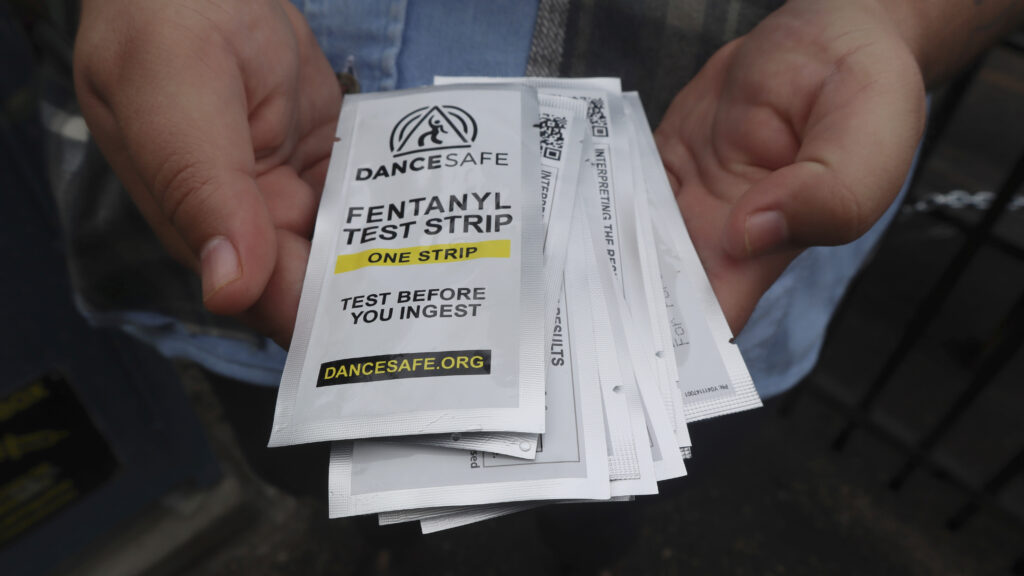U.S. drug overdose deaths are plummeting, putting the country on pace for its first year with fewer than 100,000 overdose deaths since 2020 — a powerful, if bleak, symbolic milestone.
Reported drug deaths fell nearly 17% during the 12-month period ending in June, to 93,087, according to new statistics released this week by the Centers for Disease Control and Prevention.
advertisement
The epidemic’s toll remains immense, but is substantially lower than the 111,615 lives lost to overdose during the 12 months ending in June 2023. Fentanyl, the potent illicit opioid that now dominates the U.S. illicit drug supply, contributed to a large majority.
The CDC’s predictive model for drug deaths estimates that the true total once states finalize data could exceed 96,000 in the most recent 12-month period, which would still represent a decrease of over 14% compared to the same estimate a year before.
While drug overdose deaths have been trending downward for months, some researchers and public health officials have cautioned that the decrease may represent a mere data blip, not a genuine shift in the nation’s public-health fortunes.
advertisement
But during a panel discussion on Wednesday, CDC Director Mandy Cohen cast the latest decrease as a sign that the country’s overdose-prevention efforts are working.
“It is a real trend, and that’s great,” she said during a panel at the Milken Institute’s Future of Health Summit in Washington. “We are throwing a lot at this. And we’re starting to really break through, I think, with some important things.”
In particular, Cohen cited the increased availability of harm-reduction resources like fentanyl test strips, as well as efforts to immediately connect victims of nonfatal overdoses to longer-term addiction care.
Cohen also highlighted the reduced drug death totals in North Carolina, where she served as health secretary. Deaths there fell even more impressively than they did nationally, dropping from 4,422 in the 12-month period ending in June 2023 to 2,440 in the same stretch a year later.
Cohen later cautioned, however, that the progress could be fleeting if the agency, and the federal government more broadly, don’t continue devoting resources to combating the drug epidemic.
“You take your eye off this ball, you take your resources away from it, and this can get away from us,” she said.
Helen Branswell contributed reporting.
STAT’s coverage of chronic health issues is supported by a grant from Bloomberg Philanthropies. Our financial supporters are not involved in any decisions about our journalism.

